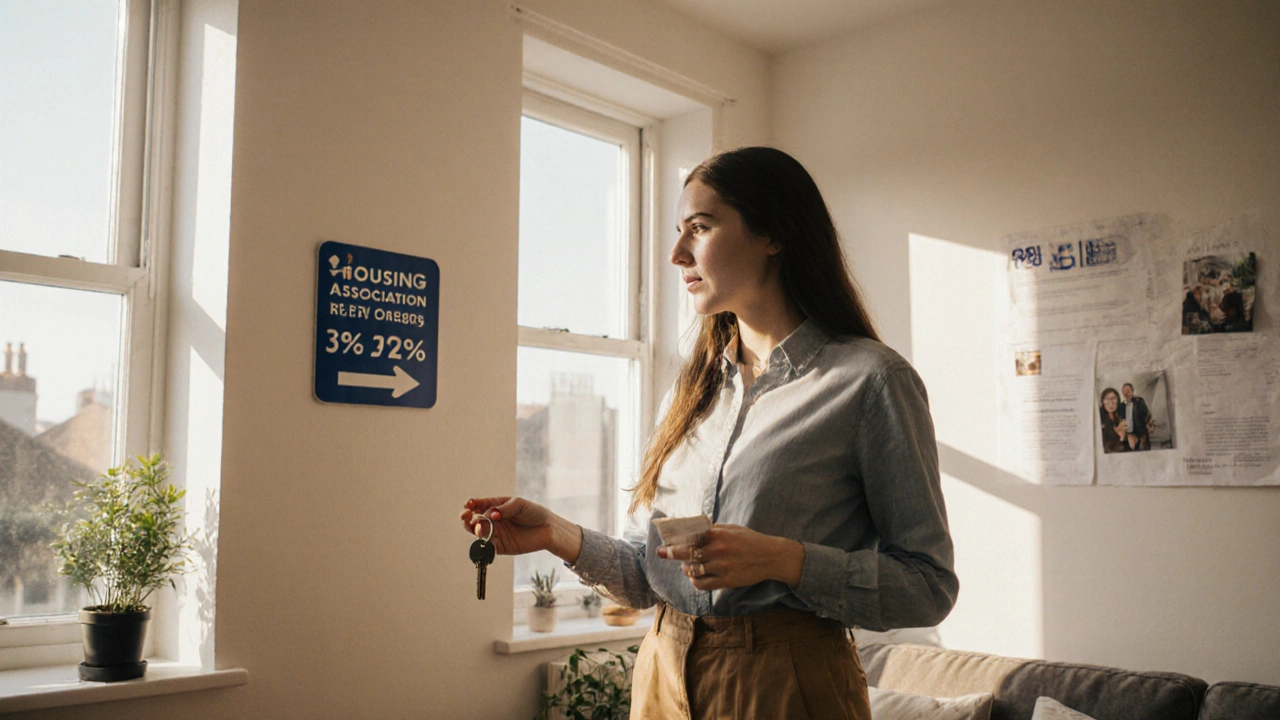Shared Ownership Homes – What They Are and How to Join One
If you’re looking for a cheaper way into property, shared ownership might be the answer. In a shared ownership deal you buy a slice of a home – usually between 25% and 75% – and rent the rest from a housing association or private landlord. You pay mortgage on the part you own and rent on the remainder, which keeps monthly costs lower than a full purchase.
The idea is simple: you get on the property ladder sooner, and you can buy more shares later when your finances improve. Most schemes let you increase your share by 10% or 25% every few years, so you can eventually own 100% if you wish.
Key Benefits of Shared Ownership
First, the deposit is a fraction of a traditional purchase. If a £250,000 house is on the market, a 25% share costs £62,500, so a 10% deposit means you only need £6,250 up front. That makes it possible for people who struggle to save a large lump sum.
Second, you only pay mortgage interest on the portion you own. The rent you pay on the remaining share is usually lower than market rent because it’s set by the housing association. This blend of rent and mortgage often results in a lower total monthly payment than a full‑mortgage loan.
Third, you retain the right to sell your share whenever you like. If you need to move, you can sell to another buyer or back to the housing association, giving you flexibility that pure renting doesn’t offer.
Things to Watch Out For
Shared ownership isn’t risk‑free. You’ll still be responsible for service charges, building insurance and any repairs that affect the whole building. Those costs can add up, especially in older properties.
Because you’re renting part of the home, you need the landlord’s permission to make major alterations. Want to knock down a wall or add a deck? You’ll have to get approval first.
When you decide to buy more shares, the price of each additional slice is based on the current market value, which could be higher than when you first bought in. This means stair‑casing can become pricey if property prices surge.
Finally, selling a shared ownership home can take longer than a regular sale. The housing association usually has the right of first refusal, so they can match any offer you receive, which can slow the process.
Despite the drawbacks, many first‑time buyers find the trade‑off worth it – lower entry cost for a foot in the door of home ownership.
Ready to explore a shared ownership home? Start by checking local housing association websites for available properties, then get a mortgage agreement in principle for the share you plan to purchase. A good estate agent familiar with shared ownership can guide you through the paperwork and help you understand the rent‑to‑own split.
Remember, the key is to budget for both the mortgage on your share and the rent on the rest, plus any service charges. Use a simple spreadsheet to track all monthly outgoings and compare them with a full‑mortgage scenario. If the numbers look better, shared ownership could be your path to owning a home sooner rather than later.









